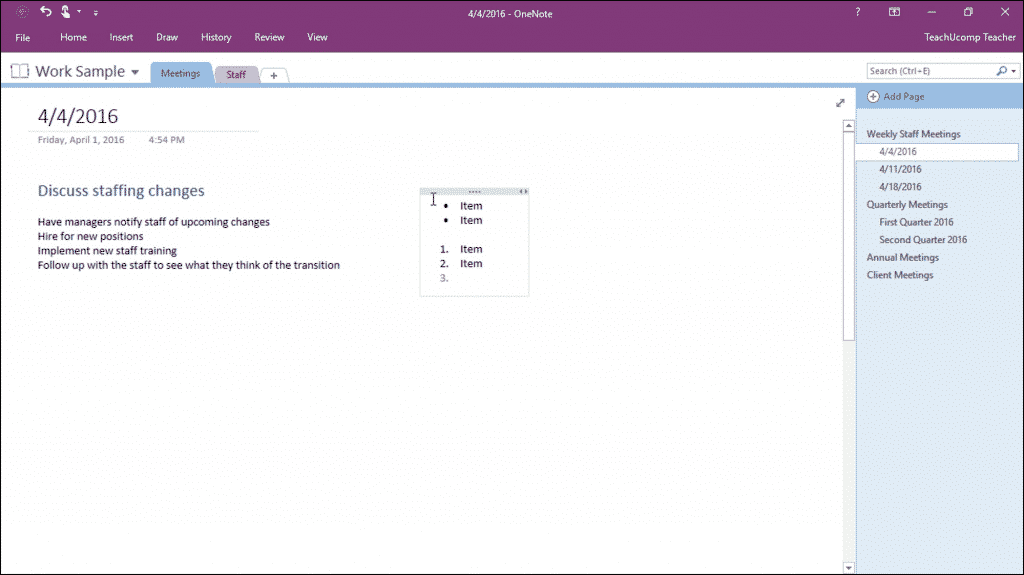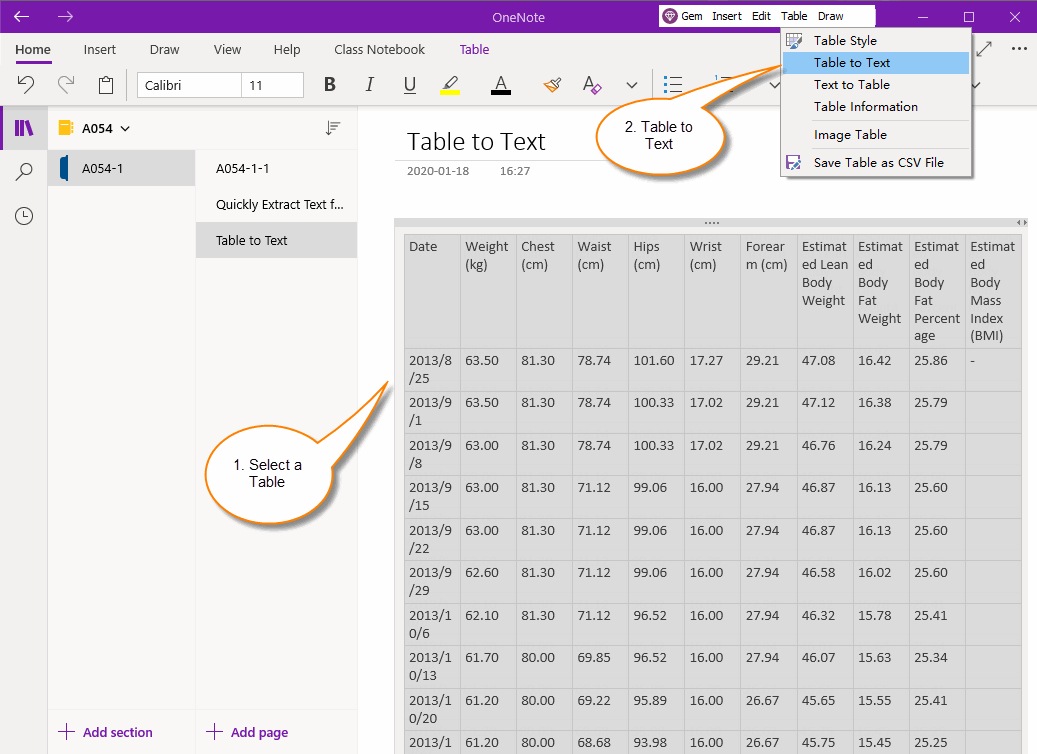

You can get them by calling to_i on each string… You may have noticed that we got our id column as an array of strings. This is going to be more memory-efficient because no copy of the table is created. If you want to make changes to the original table then you can use the by_col! & by_row! methods. These two methods return a copy of the table. Here 0 is the first column, 1 is the second column. Here 0 is the first row, id & name are the column names.īy changing the table mode ( row by default) you can look at the data from different angles. Given one of these tables, you can get the data you need from any row.

Tables allow you to work with the data by row or column, manipulate the data, and even convert the results back to CSV.” “A CSV::Table is a two-dimensional data structure for representing CSV documents. Now instead of a multi-dimensional array you get a CSV Table object. Table = CSV.parse(File.read("cats.csv"), headers: true) If your file has headers you can tell the CSV parser to use them. You can use array indices like data to work with this data. You get a two-dimensional array where every entry is one row in the table. Ruby CSV ParsingĬSV.parse("1,chocolate\n2,bacon\n3,apple")

ONENOTE GEM COUNT TABLE ROW HOW TO
Now you’re going to learn how to use the Ruby CSV library to read & write CSV files. You can export your Gmail contacts as a CSV file, and you can also import them using the same format. It’s used for exporting & importing data. It’s a common data format which consist of rows with values separated by commas.


 0 kommentar(er)
0 kommentar(er)
